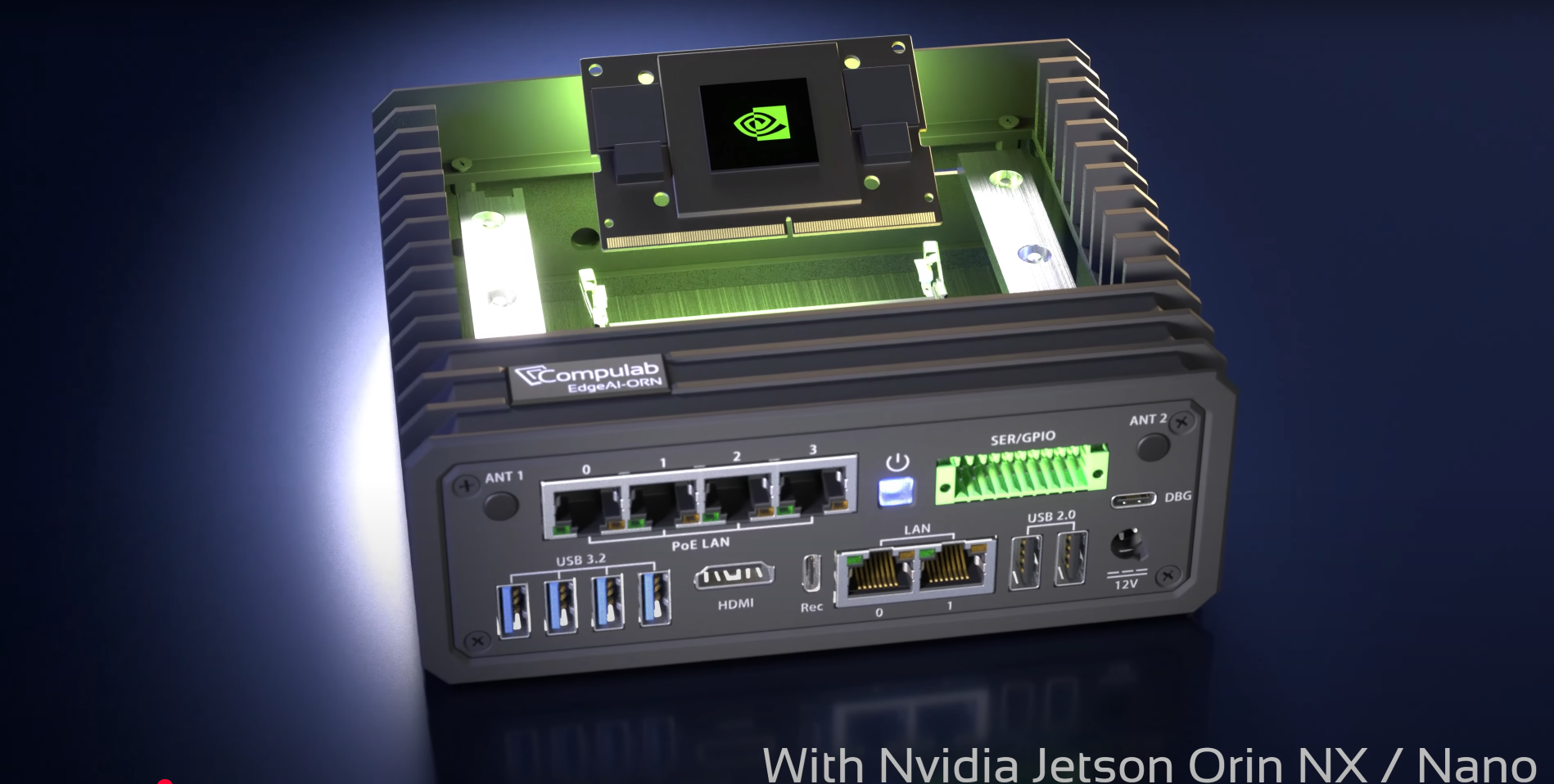Every computer, from desktops to the complex systems at the edge of our networks, relies on the central processing unit (CPU). As a leading provider of computing solutions for the edge, Peila International plays a crucial role in adapting these technologies for specialized environments. But first, let’s explore how CPUs are made and what differentiates one CPU from another in terms of structure.
How CPUs Are Built

The journey of a CPU begins with silicon, a semiconductor material derived from sand. Silicon's ability to act as both a conductor and insulator makes it ideal for handling the binary operations of computing. The process of creating a CPU starts with shaping silicon into wafers, which serve as the canvas for the intricate designs of modern processors. These wafers undergo a series of sophisticated processes to sculpt and define the technology that powers our digital world.
One of the key steps in CPU manufacturing is photolithography, a method where patterns for transistors are meticulously etched onto each wafer. This step is crucial as it defines the capabilities and efficiency of the CPUs. Following photolithography, the process of doping takes place, where selected areas of the silicon wafer are chemically altered to improve their electrical properties. This alteration is essential for creating the multiple levels of circuitry needed to build complex processors.
After the layers of transistors and other components are structured, the assembly stage begins. Here, individual chips are cut from the wafer, rigorously tested, and then packaged. Each chip's performance must meet stringent requirements, especially for applications in challenging environments like edge computing, where Peila International specializes.
Structural Differences in CPUs
The structure of a CPU significantly influences its performance, efficiency, and suitability for various applications. Modern CPUs, for instance, contain multiple cores. This multiplicity allows them to perform several tasks simultaneously, enhancing the processor's ability to manage multiple instructions at once. Consumer-grade CPUs might feature anywhere from two to sixteen cores, whereas high-performance server CPUs can have even more to handle greater loads.
Another critical structural aspect is the cache memory. A larger cache allows a CPU to access data more swiftly, significantly reducing the time needed to fetch information from the main memory. This is particularly advantageous for real-time processing tasks that are common in edge computing scenarios.
Clock speed also plays a pivotal role in a CPU’s performance, dictating how many operations the processor can execute per second. For edge computing, where balance between performance and power consumption is critical, the optimal clock speed is essential. Additionally, CPUs may integrate specific technologies like integrated graphics, which are crucial for handling various tasks efficiently in edge applications.
From Silicon to Quantum: An Evolution in Computing
Quantum CPUs or QPU represent a transformative evolution from traditional silicon-based processors, building upon established principles of computing while introducing groundbreaking capabilities. Like their silicon predecessors, quantum processors perform calculations and process data. However, they utilize qubits—quantum bits that, unlike binary bits which exist as either 0 or 1, can embody multiple states simultaneously through quantum superposition. This leap from binary processing enables quantum CPUs to tackle complex problems exponentially faster than classical CPUs can. Moreover, while traditional CPUs are fabricated using well-established silicon semiconductor technology, quantum processors often employ materials like superconducting alloys and require operations at near absolute zero temperatures to maintain quantum coherence. This significant shift not only enhances computational power but also opens new avenues for solving previously intractable problems, setting a new frontier in the computing landscape.

Conclusion
Understanding CPU manufacturing and structural differences helps in choosing the right processors for specific tasks. For companies like Peila International, it's about more than just hardware — it's about delivering comprehensive solutions that drive innovation and efficiency at the edge of network technology. As we keep an eye on emerging technologies like quantum computing, our commitment remains strong to adapt and integrate the most advanced computing technologies available, ensuring we continue to meet the evolving needs of our clients.
We invite you to reach out and further discuss your computing design needs





.png)















.png)

























